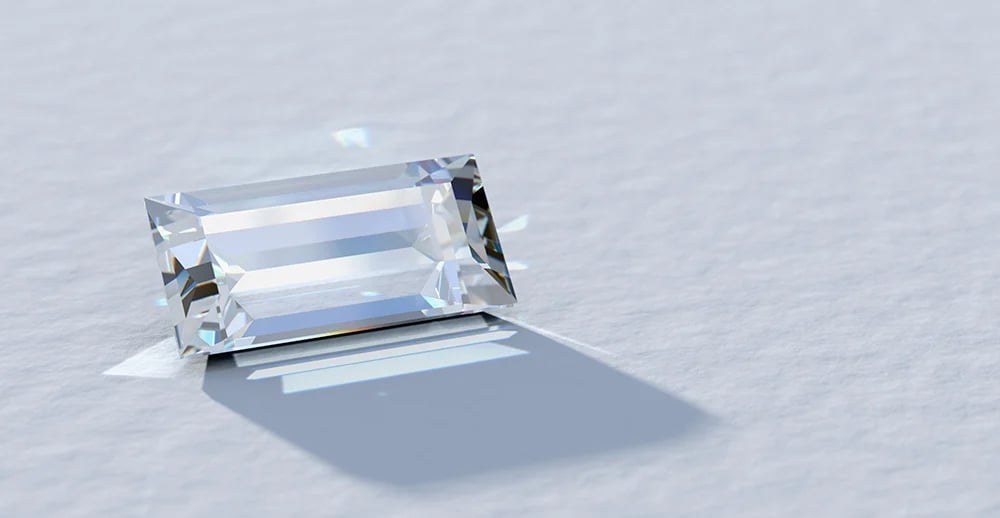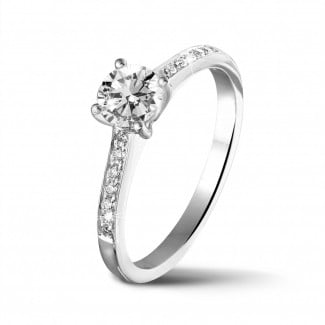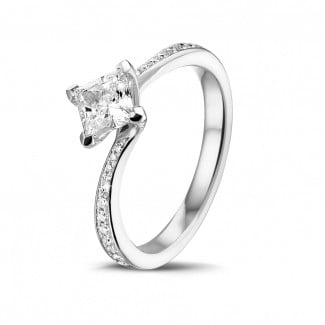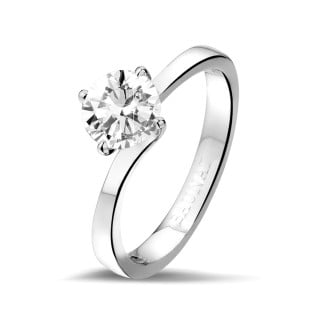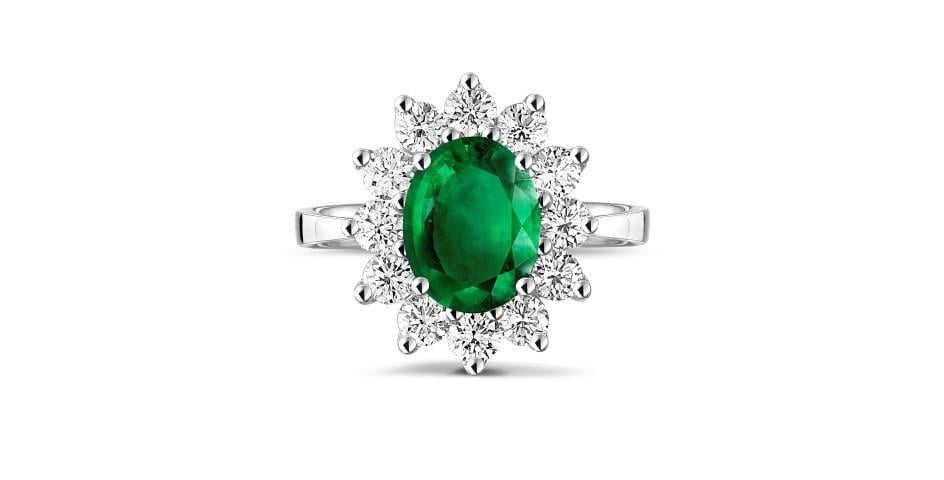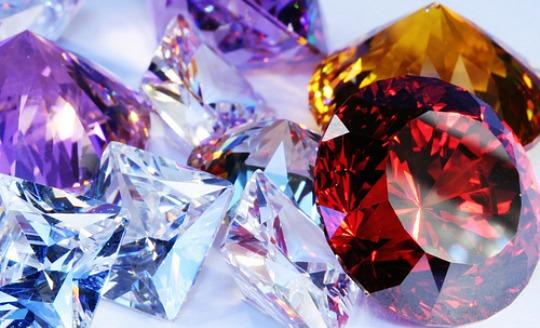Inspirational insights
Blogs in the spotlight
- How do I buy the perfect diamond ring?
- Choosing the perfect wedding ring
- Buying an engagement ring: expert tips & tricks
- Which earrings are the right ones for you?
- How to choose the perfect diamond bracelet?
- How to choose a necklace for ladies?
- Take your time in choosing your watch
- What's the right jewellery for each occasion?
- Why buy diamond jewellery online?
- A guide to building up your jewellery collection
- What types of precious metals are there?
- What types of precious metals are there?
- Jewellery trends and innovations in 2020
- What sorts of diamond setting are there?
You might be wondering what a baguette diamond is. A baguette cut is a cut for diamonds or other precious stones that is less known than the popular brilliant, princess cut or cushion cut. The cut has been around for centuries, and was often used for diamonds in royal jewels.
- What typifies the baguette cut?
- The history of the baguette cut
- The appearance of the baguette diamond
- The difference between the baguette cut and the emerald cut
- The baguette cut as a central or side stone?
- What should I pay attention to when purchasing a baguette cut diamond?
- What other cuts are available?
Find your custom-made jewel at BAUNAT.
Most viewed diamond jewels

What typifies the baguette cut?
The history of the baguette cut
The name comes from the French word 'bague' which means small jewel or ring. The baguette became the cut for nobles and royals, and adorned several crowns and royal jewels. The name is also often linked to the French bread, baguette thanks to its elongated shape. Around the year 1912 Cartier made the cut extremely popular, especially since it fit perfectly in Art Deco.

The appearance of the baguette diamond

The difference between the baguette cut and the emerald cut
The baguette cut as a central or side stone?
Baguette cut diamonds are rarely used as central stones


What should I pay attention to when purchasing a baguette cut diamond?
- Carat: Most baguette cut diamonds have a low carat.
- Colour: Always choose a diamond with a colour of G and higher, depending on the central diamond
- Clarity: The baguette cut is a stepped shape so inclusions can also be seen much easier. However, because they are usually smaller, you often do not see the imperfections with the naked eye. The clarity of the stone is therefore less important for a baguette cut diamond.
- Cut: A baguette cut should have a ratio of 1:5 to 1:7.

Kim Wouters
- BAUNAT Antwerp
- My Linkedin profile - Contact me
 Design collections
Design collections Stackable Rings
Stackable Rings Ruby, sapphire & emerald
Ruby, sapphire & emerald Bestsellers
Bestsellers New arrivals
New arrivals Watches
Watches Cufflinks
Cufflinks Rings for men
Rings for men Diamond
Diamond Sapphire
Sapphire Ruby
Ruby Emerald
Emerald Yellow diamond
Yellow diamond Black diamond
Black diamond
 Diamond rings
Diamond rings Sapphire rings
Sapphire rings Ruby rings
Ruby rings Emerald rings
Emerald rings Yellow diamond rings
Yellow diamond rings Black diamond rings
Black diamond rings
 Stackable rings
Stackable rings Cocktail rings
Cocktail rings Rings for men
Rings for men Bestsellers
Bestsellers Diamond rings
Diamond rings Sapphire rings
Sapphire rings Ruby rings
Ruby rings Emerald rings
Emerald rings Yellow diamond rings
Yellow diamond rings Black diamond rings
Black diamond rings
 Solitaire
Solitaire Dangle
Dangle Diamond earrings
Diamond earrings Sapphire earrings
Sapphire earrings Yellow diamond earrings
Yellow diamond earrings Black diamond earrings
Black diamond earrings
 Solitaire
Solitaire 3 stones
3 stones Halo
Halo Gradient
Gradient Diamond necklaces
Diamond necklaces Sapphire necklaces
Sapphire necklaces Yellow diamond necklaces
Yellow diamond necklaces Black diamond necklaces
Black diamond necklaces
 Gradient
Gradient White gold
White gold Yellow gold
Yellow gold Red gold
Red gold Platinum
Platinum Diamond bracelets
Diamond bracelets Yellow diamond bracelets
Yellow diamond bracelets Black diamond bracelets
Black diamond bracelets
 View watches
View watches View watches
View watches Swiss Made
Swiss Made Swiss Collection limited edition
Swiss Collection limited edition Manufacturing process
Manufacturing process Manual or Automatic watch
Manual or Automatic watch Sapphire or mineral glass
Sapphire or mineral glass
 Rings
Rings Necklaces
Necklaces Bracelets
Bracelets Sapphire
Sapphire
 Engagement rings
Engagement rings Earrings
Earrings Necklaces
Necklaces Bracelets
Bracelets
